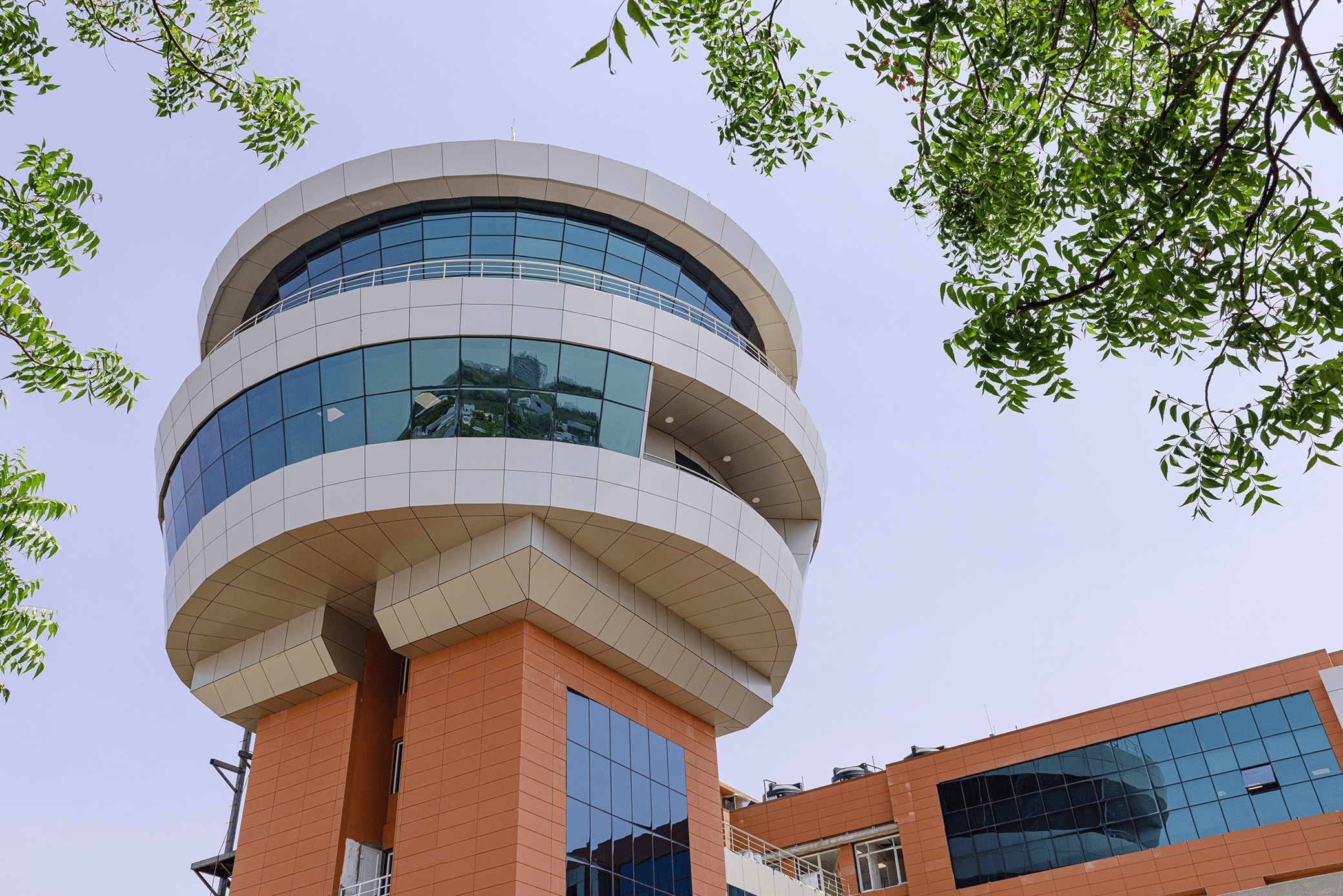
In the past two decades, the modern skyline has seen a major transformation. With high-rise structures becoming an evident mirror of development, there have been newer discoveries in sustainable yet strong architectural materials.
Building cladding or facades have also gained popularity of late, much of which is owed to aluminium composite panels or ACPs. Aluminium composite panels are typically designed with a non-aluminium core in the centre and two sheets of aluminium on either side, which gives them the term ‘sandwich panels’. Another material that is growing in usage used in building facades is honeycomb panels. These panels have an aluminium honeycomb core with two sheets of aluminium on both sides.
Catering to the needs of architectural ACP pan-India and internationally, Viva is one of the largest manufacturers and suppliers of honeycomb and aluminum composite panels. In this blog, let’s see how the usage of these two panels is taking off worldwide.
Global Market Trends of Honeycomb and ACP Panels
With a wide variety of patterns, colours, and finishes, aluminium composite panels are synonymous with strength and versatility. Available in different core materials including Aluminium Corrugated, Fire-retardant, and LDPE, the market for these building materials is growing fast. These materials are becoming a popular choice for cladding materials for both exterior and interior applications.
On a wider spectrum, the demand for aluminium composite panels has also surfaced in North America, South America, Europe, Africa, and the Middle-east. With the infrastructural developments in Saudi Arabia, the market for ACPs as a decorative and weather-resistant building material is also booming in the middle-eastern country.
Honeycomb and Aluminium Composite Panels
There are several reasons for the ever-increasing demand for these panels. Some of the major reasons include:
The Structural Design
Inspired by natural honeycomb structures, aluminium honeycomb panels are shaped in conjoined hexagonal structures. When sandwiched between two layers of aluminium sheets, the core forms an I-beam structure that provides a strength-to-weight ratio and support to the panel. Their impact-resistant capabilities make the panels highly suitable for exterior cladding or facade installations.
Aluminium composite panels are designed by bonding aluminium sheets to a thermoplastic core. These sheets are bonded with adhesives and sealed using different coatings. This makes them sturdy as well as lightweight to be used as exterior as well as interior cladding. Viva offers high-quality, long-lasting, and durable Honeycomb and ACP panels for construction across the country.
The Aesthetic Appearance
With honeycomb panels, the options for getting an aesthetic appearance are vast. Several different coating options make these panels pleasing to the eyes as well as aesthetically appealing. Aluminium composite panels are also preferred by several builders and architects for their stunning appearance. Available in a wide range of solid colours, textures, and finishes, these panels can masquerade as wood, marble, metal, and so on.
At Viva, we have designed 300+ varieties of ACPs that are eye-catching and make quite an impact visually. As a result, their application has expanded beyond the exterior facades, to interior decorations, offering a maximum scope of creativity.
The Sustainability Quotient
Among the major advantages that both these panels offer is sustainability. And hence, they are extensively used as building materials in the present day. Not only do they protect the exteriors by being weather resistant, but also insulate the building, improving energy efficiency. Also, the panels are extremely durable which helps them withstand the test of time. Our aluminium honeycomb panels live up to the sustainability mark since they are completely recyclable and therefore reduce wastage.
Application Across Industries
Aluminium composite panels are not only used for exterior cladding but also are used for interior designs. Designers are using ACPs to make decorative room dividers or separators, wall cladding, creative ceiling installations, and even furniture. This is what makes ACPs truly versatile.
Aluminium honeycomb panels are also lightweight, strong, and durable, which makes them ideal for a wide range of applications in several industries. These panels are used in aerospace, automotive, marine, and architectural applications such as curtain walls, louvre panels, as well as roofs.
Fire Resistance
Perhaps the most distinctive factor that differentiates aluminium honeycomb panels from other cladding materials is their fire safety. These materials are made using aluminium cores in the shape of honeycomb, which is non-combustible and non-melting. They not only resist fires from spreading but also delays them.
Aluminium composite panels are also available in mineral-filled fire-resistant cores. FR-grade ACPs help in reducing the speed and intensity of a fire, thereby lowering the chances of loss of life and property.
Viva offers non-combustible FR-grade ACP panels in three grades – Class B, Class A2+, and A2. Our panels also have Thomas Bell-Wright certifications and offer up to 2 hours of fire safety. The first of its kind in India, we have ACCP (Aluminium core corrugated panel) with 100% aluminium core.
What Does The Future Hold?
Owing to the array of advantages that ACPs and Honeycomb Panels offer, the global market for both these materials is likely to continue growing. Attractive appearances coupled with reliability make them attractive to architects, builders, and designers around the world.
Rising construction activities, especially in the commercial and residential sectors in emerging economies like Africa, have been a major factor driving this growth. Viva shares a major section of this growth by exporting ACP sheets to countries like Saudi Arabia, Egypt, Nigeria, Kenya, Qatar, and Vietnam. Additionally, the increasing focus on sustainable and eco-friendly building materials will further boost the demand for these materials in more countries.
You may also prefer : Differences Between Aluminium Honeycomb Panels and Aluminium Composite Panels





 en
en
 Spanish
Spanish Arabic
Arabic Swahili
Swahili French
French

